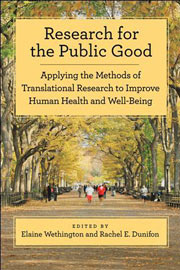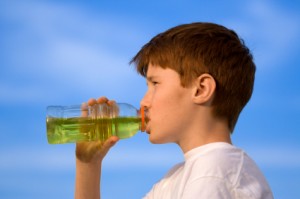With a one- and a three-year-old, I find myself at the pediatrician’s office fairly frequently – and not because my kids are sick. In the first two years of their lives, they visit the pediatrician every 3 months for well visits.
 As a new mom, the visits provide a welcome opportunity to ask questions and make sure you’re not making any major mistakes. But the second time around, they can seem unnecessary. So I went out hunting for some evidence to determine whether well-visits are good for kids.
As a new mom, the visits provide a welcome opportunity to ask questions and make sure you’re not making any major mistakes. But the second time around, they can seem unnecessary. So I went out hunting for some evidence to determine whether well-visits are good for kids.
It turns out that they are essential. A systematic review published in the Journal of the American Medical Association examined the found that primary medical care in the first three years of life promotes optimal development for children.
The review evaluated 47 studies published from 1979 to 1999 that looked at how activities in primary care settings such as counseling about children’s sleep habits, temperament and behavior encourage healthy development.
The review found behavioral counseling for parents with fussy infants and poor sleepers is effective in helping both parents and babies. It also found that soliciting parents’ concerns about their children’s development helped identify problems. And that structured and systematic approaches to asking about parents’ concerns are most effective.
The review did find some areas for improvement. Among them, efforts to identify developmental problems in young children need to be more methodical and identifying psychosocial risk factors can be improved by using questionnaires and parent-child assessments.
All in all, the evidence makes me feel better about our frequent trips to the pediatrician.








